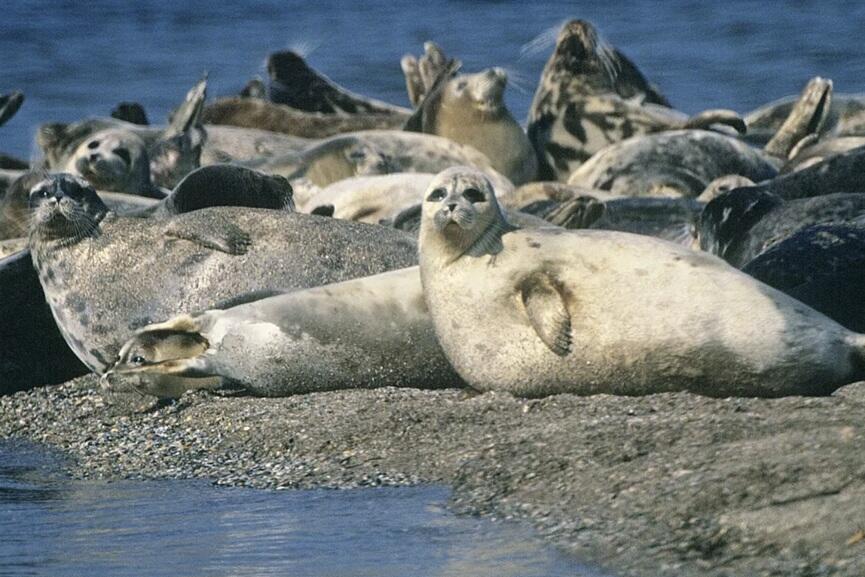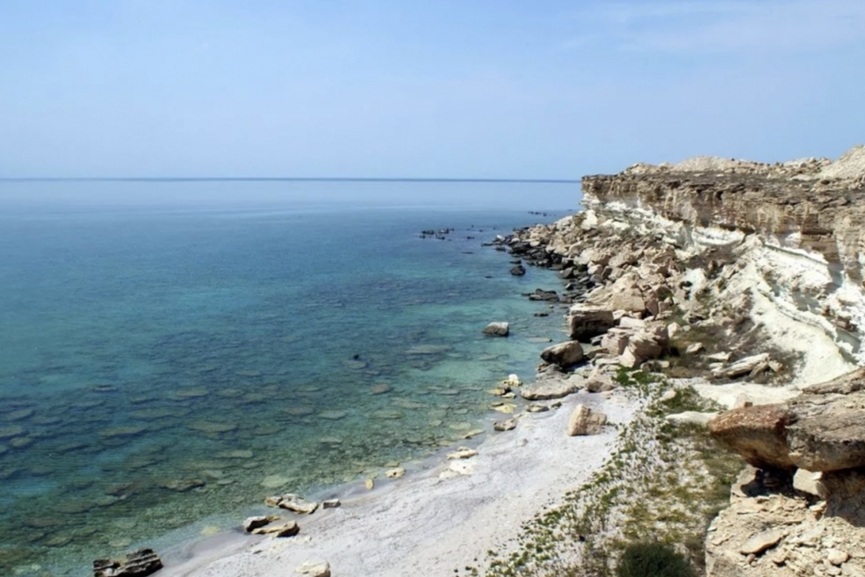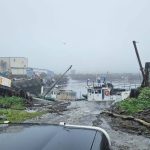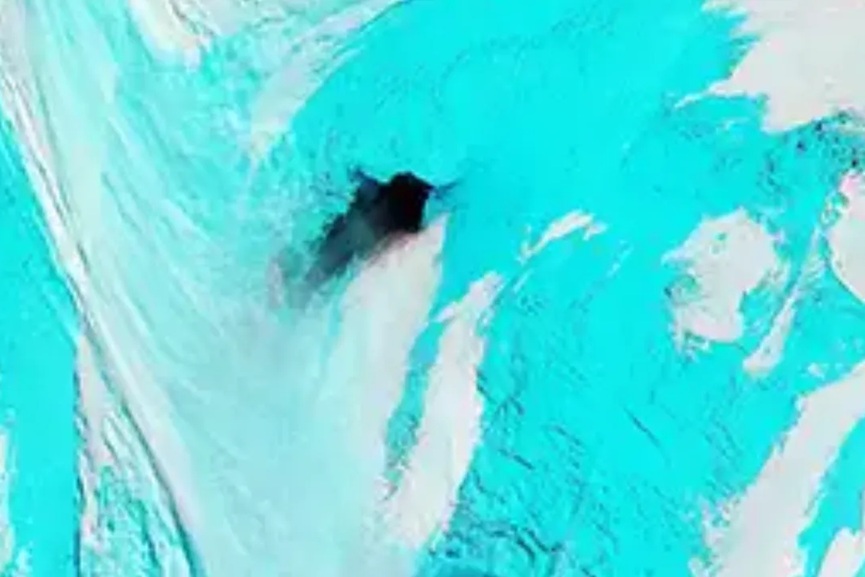Baku: The Caspian Sea is shrinking at an accelerating pace, disrupting oil shipments, straining ports, and posing a catastrophic threat to endangered sturgeon and seals, Azerbaijani officials have warned.
Once the world’s largest salt lake, the Caspian has been steadily receding for decades, but recent data show the trend worsening. Deputy Ecology Minister Rauf Hajiyev said that the sea has fallen by 0.93 metres over the past five years, 1.5 metres in the past decade, and 2.5 metres in the last 30 years.
“The retreat of the coastline changes natural conditions, disrupts economic activity, and creates new challenges for sustainable development,” Hajiyev said. Around 4 million people live along Azerbaijan’s Caspian coast, while some 15 million inhabit the wider region.
Falling water levels are already disrupting maritime transport. In Baku, ships face mounting difficulties in entering and manoeuvring in port, reducing cargo capacity and driving up logistics costs.
At the Dubendi oil terminal, Azerbaijan’s largest Caspian facility, oil and petroleum product shipments dropped to 810,000 tonnes in the first half of 2025, compared with 880,000 tonnes in the same period last year, said Eldar Salakhov, director of the Baku International Sea Port.

He linked the fall directly to receding waters, which have made extensive dredging essential. More than 250,000 cubic meters of dredging were carried out in 2024 to maintain the terminal’s accessibility to tankers. A newly built dredging vessel, the Engineer Soltan Kazimov, is set to enter service soon to deepen seabeds to 18 metres and preserve port operations.
While Russia attributes the shrinking sea primarily to climate change, Azerbaijan has also blamed Moscow’s dam-building on the Volga River, which supplies 80 percent of the Caspian’s inflows.
Despite strained political ties, Baku and Moscow formed a joint working group in April to address the crisis. The group is expected to approve a joint monitoring and response programme online in September.
Beyond economic disruption, the receding waters are devastating fragile ecosystems. Wetlands, lagoons, and reed beds are vanishing, threatening critical habitats. The decline is hitting sturgeon particularly hard: the fish, prized for caviar but already facing extinction, have lost up to 45 percent of their seasonal habitats and access to spawning grounds.
Caspian seals, too, face severe threats as shrinking waters and disappearing northern ice fields cut off their breeding grounds. “With a 5-metre drop in sea level, seals lose up to 81 percent of their breeding sites, and with a 10-metre drop, they are almost completely deprived of suitable sites,” Hajiyev said.
Officials warn that without urgent and coordinated regional action, both the Caspian’s economic lifeline and its unique biodiversity could face irreversible damage.

























